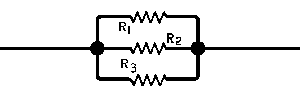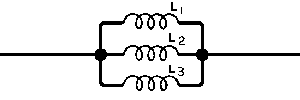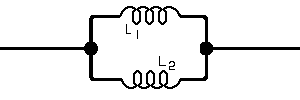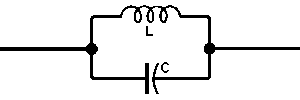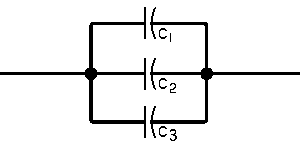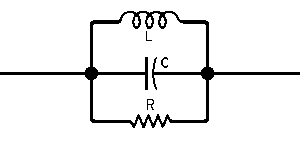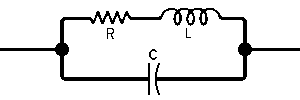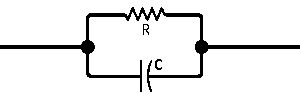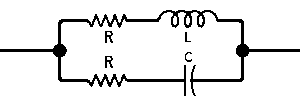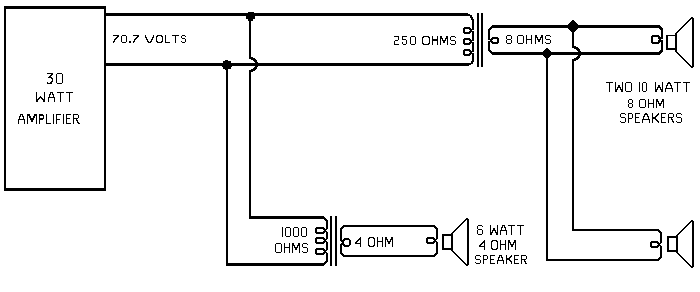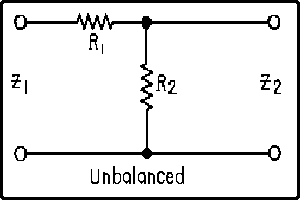 |
|
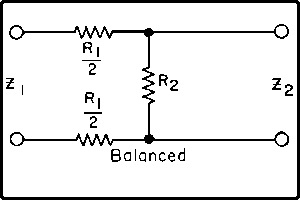 |
| For Matching Two Impedances where Z1 > Z2 |
|
Matched, use a resistor , RL in series with the smaller
impedance such that |
 |
|
 |
 |
|
 |
 |
|
If the smaller impedance only is to be matched, use a
resistor RS in shunt across the larger impedance such that |
| Where Only One Impedance is to be Matched |
|
 |
| If the larger impedance only is to be |
|
Here also |
 |
Tables of R1 and R 2 Values
When Z1 is 600 ohms
and Z2 is less than 600 ohms.
| Z2 |
500 |
400 |
300 |
250 |
200 |
150 |
100 |
75 |
50 |
40 |
30 |
25 |
| R1 |
245 |
346 |
424 |
458 |
490 |
520 |
548 |
561 |
575 |
580 |
585 |
587 |
| R2 |
1,225 |
694 |
425 |
328 |
245 |
173 |
110 |
80.2 |
52.2 |
41.4 |
30.8 |
25.6 |
db
Loss |
3.8 |
5.7 |
7.6 |
8.7 |
10.0 |
11.4 |
13.4 |
14.8 |
16.6 |
17.6 |
18.9 |
19.7 |
When Z2 is less than 25 ohms,

and R2 = Z2 Where Z2 is 600 ohms
and Z1 is greater than 600 ohms.
| Z1 |
800 |
1,000 |
1,200 |
1,500 |
2,000 |
2,500 |
3,000 |
3,500 |
4,000 |
5,000 |
6,000 |
8,000 |
10,000 |
| R1 |
400 |
632 |
849 |
1,162 |
1,673 |
2,180 |
2,683 |
3,186 |
3,688 |
4,690 |
5,692 |
7,694 |
9,695 |
| R2 |
1,200 |
949 |
849 |
775 |
717 |
688 |
671 |
659 |
651 |
638 |
633 |
624 |
619 |
db
Loss |
4.8 |
6.5 |
7.6 |
9.0 |
10.5 |
11.6 |
12.5 |
13.3 |
13.9 |
15.0 |
15.8 |
17.1 |
18.1 |
When Z1 is greater than 10,000 ohms,
let R1 = Z 1 – 300
and R1 = 600









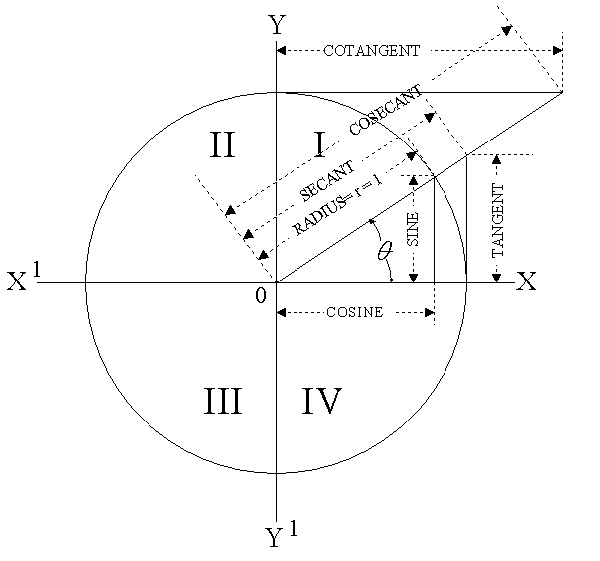
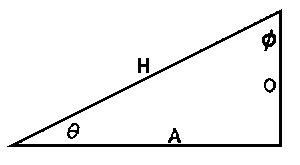












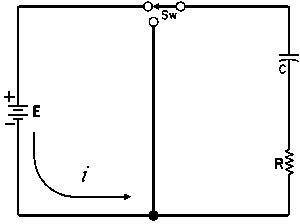
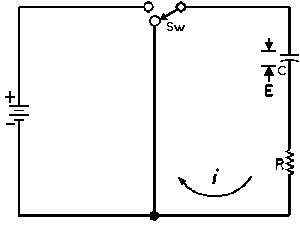

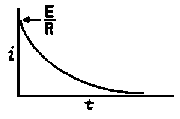
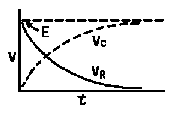
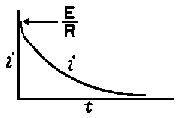
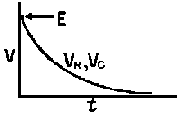



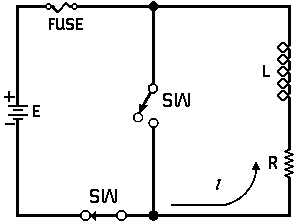
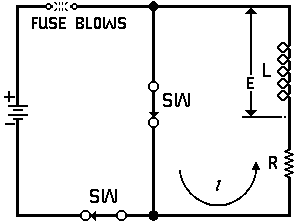


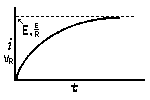

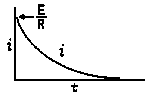





















 = 6.28,
= 6.28, = 39.5,
= 39.5,












 =
=

 = 0o
= 0o






